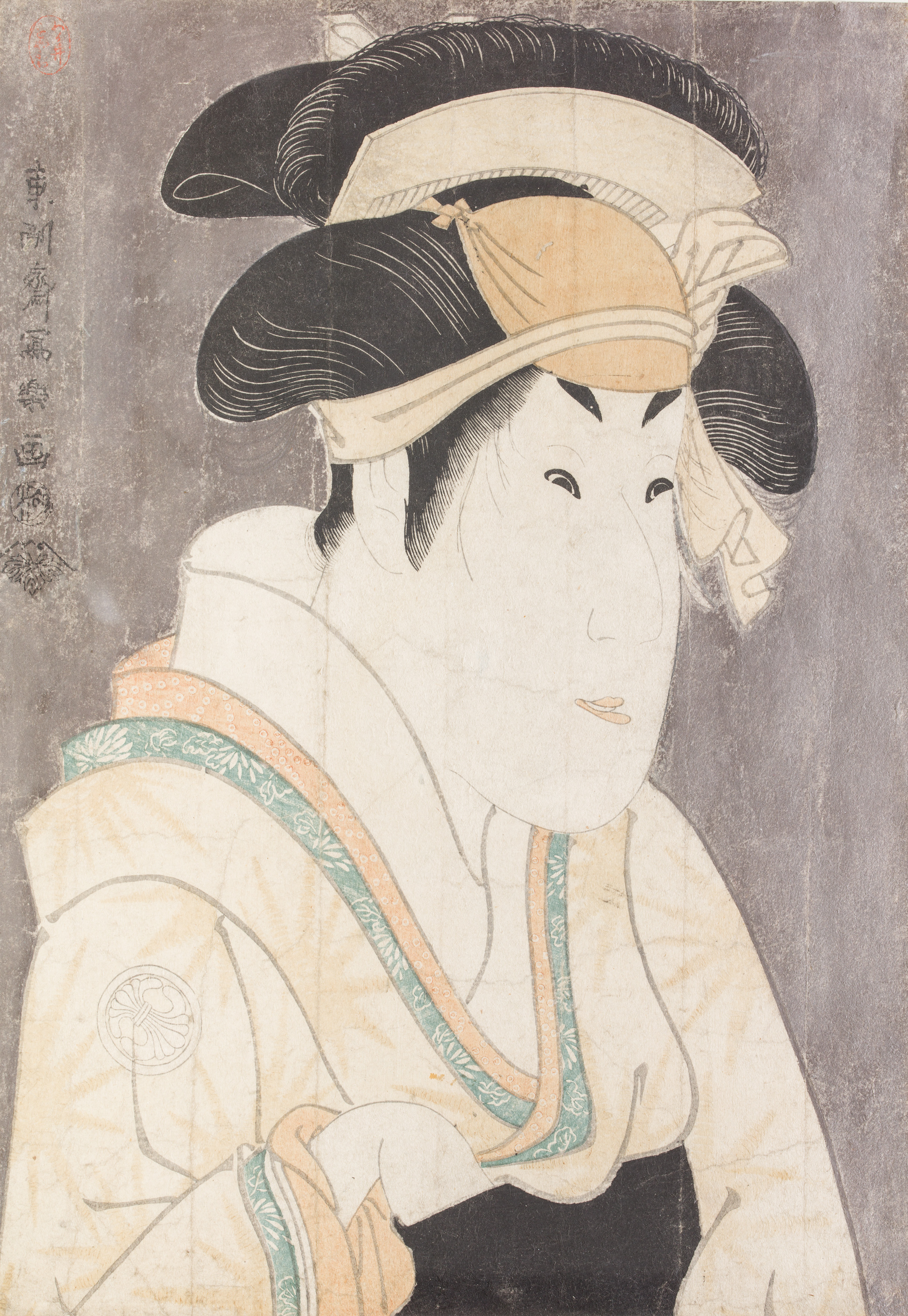
Although the Collection began to form in the early 1950s, it was already in the period of the First Czechoslovak Republic when some of its funds were gathered in the collections of the State Collection of Old Masters, the NGP´s predecessor. Asian art item administration under the responsibility of the National Gallery was established due to the post-Communist-coup state of affairs: centralizing art confiscation from private collections, including lordly seats, was a matter of policy, and targeted purchases were made, as well as transfers from state cultural institution funds.
With over 6,500 art items, the collection of Japanese art is the most numerous art set. Its foundations in the Gallery were laid by a Japanese collector “Baron” Jirōhachi Satsuma, who donated a set of Japanese paintings and woodcuts to Czechoslovakia after the exhibition of his collection in Prague in 1936. A significant portion of the woodcuts comes from the collections of Joe Hloucha and other renowned collectors from the ranks of artists and writers, such as Emil Orlik, Sigismund Bouška or Josef Sudek. Buddhist sculpture items ranging from the 16th to the 19th century are especially noteworthy. During the growth of the collection of Asian art in the 1960s and 70s, the collection fund acquired many notable items of the Japanese art of lacquer and porcelain. Japanese paintings and prints are accompanied by a fascinating set of contemporary Japanese calligraphy works, including the avant-garde style of the Sōrōsha group, and a unique array of Zen paintings.
The second most numerous set is the collection of Chinese art, rooted in the aristocratic collection of porcelain and other applied arts forms. During the First Czechoslovak Republic, collectors Vojtěch Chytil, Josef Martínek, and Joe Hloucha imported rich Chinese art sets into Czechoslovakia. The National Gallery acquired the vast majority of Chytil’s collection after the death of his wife Nina in 1981; many important artefacts from Martínek and Hloucha’s collections were procured via purchases and transfers from other state institutions. The cultural policy of the 1950s allowed direct artwork acquisition in China, and in 1958, the collection received a significant set of art items from the Chinese government, including unique works from the Archaic periods of Chinese history. Today it numbers an estimated 4,400 works of Chinese modern and old paintings, Archaic art, Buddhist sculpture, ceramics and porcelain, as well as textile, carpets and other applied arts forms. There is also an entirely unique 20th-century Chinese painting collection, which contains over 100 works by the renowned painter Qi Baishi.
Most of the paintings and sculptures in the Tibetan and Mongolian collection date back to the 18th and 19th centuries. However, there is also a beautiful Tibetan painting series from the 17th century depicting Mahasiddhas, Buddhist teachers possessing extraordinary abilities. Most of the works in the collection are small- or medium-scale. The largest sculpture is that of bodhisattva Padmapani, and among paintings, there is the remarkably sizeable depiction of the mythical land of Shambhala. The items are tied to many important collectors: thangkas, the most valuable canvas paintings, belonged to the collections of Vojtěch Chytil and Josef Martínek, who operated in China in the 1920s and 1930s, purchasing the particular artworks directly in the local markets.
South and Southeast Asian art has a more modest representation than the East Asian collections. The earliest items include 2nd – 4th century Gandhara reliefs (today’s Pakistan) and Indian Hindu reliefs from the 11th – 13th century. Indian 17th – 19th-century painting is represented by over 200 works. The collection of Indian prints and paintings from the second half of the 20th-century houses works of renowned artists: for example, M. F. Husain, Ram Kumar, Biren De, and Bhattacharya Chittaprosad. The Southeast Asia art collection – from Burma, Thailand, Cambodia, and Indonesia – is remarkable for its set of Buddhist sculptures.
Pre- and Early Islamic items from Kültepe in Asia Minor and the Syrian areas of Tell Erfad and Sheikh Sa’ad come from the research of Bedřich Hrozný in the 1920s. In the NGP collection, Southwest Asian art is represented especially by Iranian and Turkish decorative arts and crafts, accompanied by Central Asian and South Caucasian works in the textile collection, which is dominated by carpets.

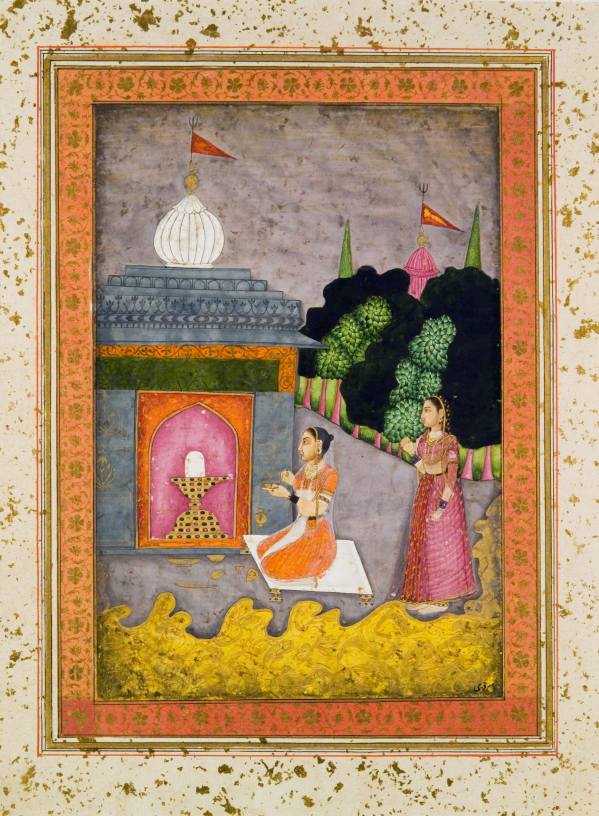


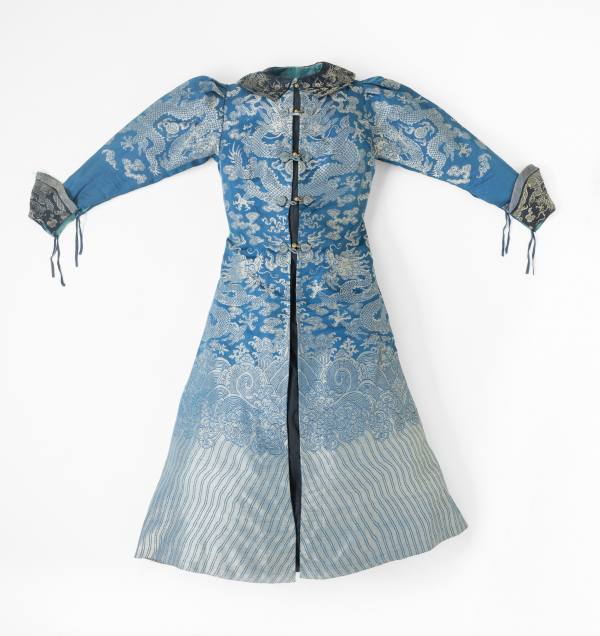
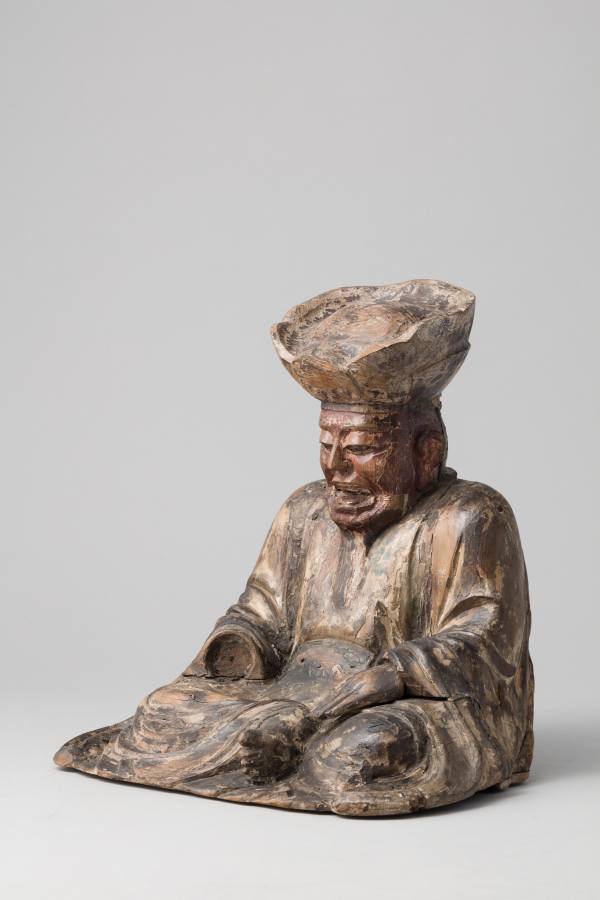
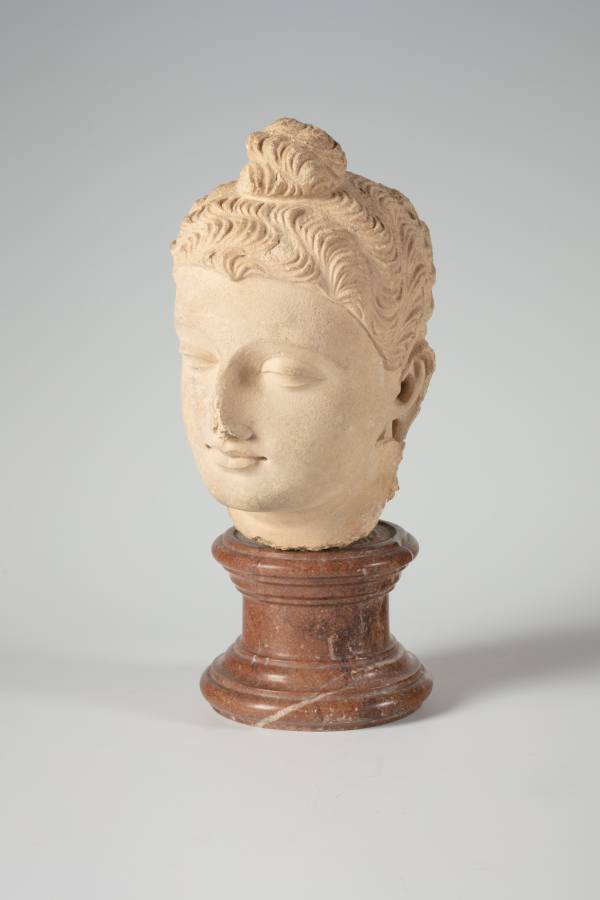


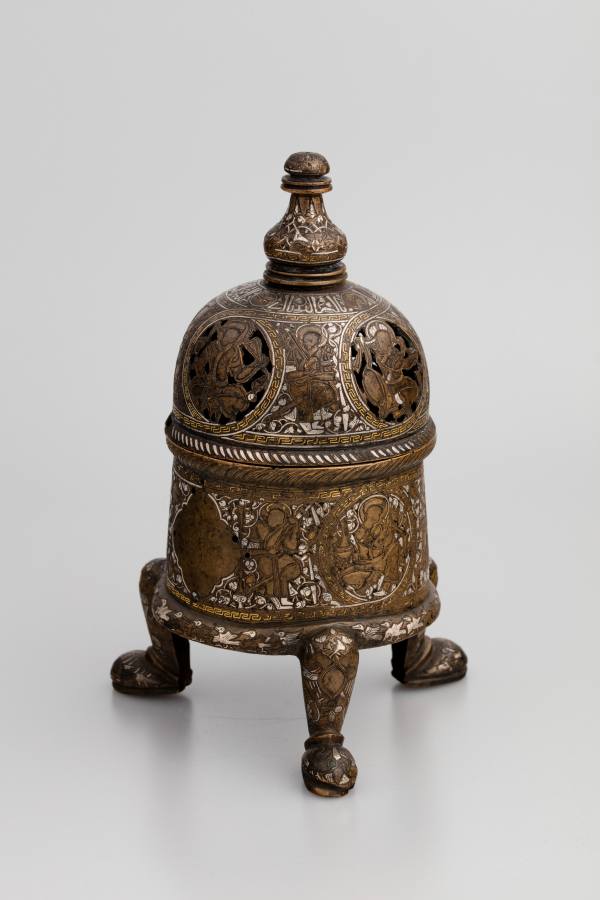



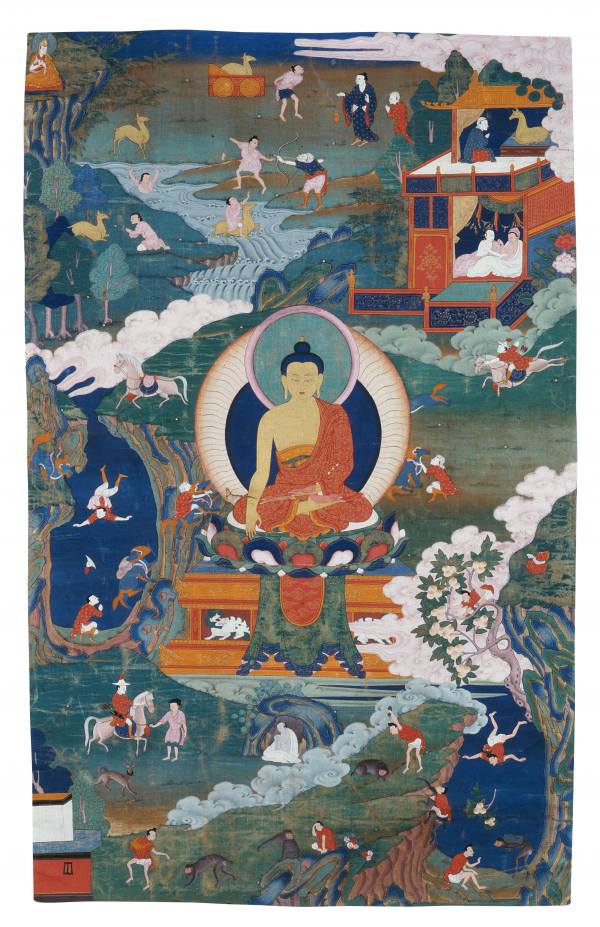
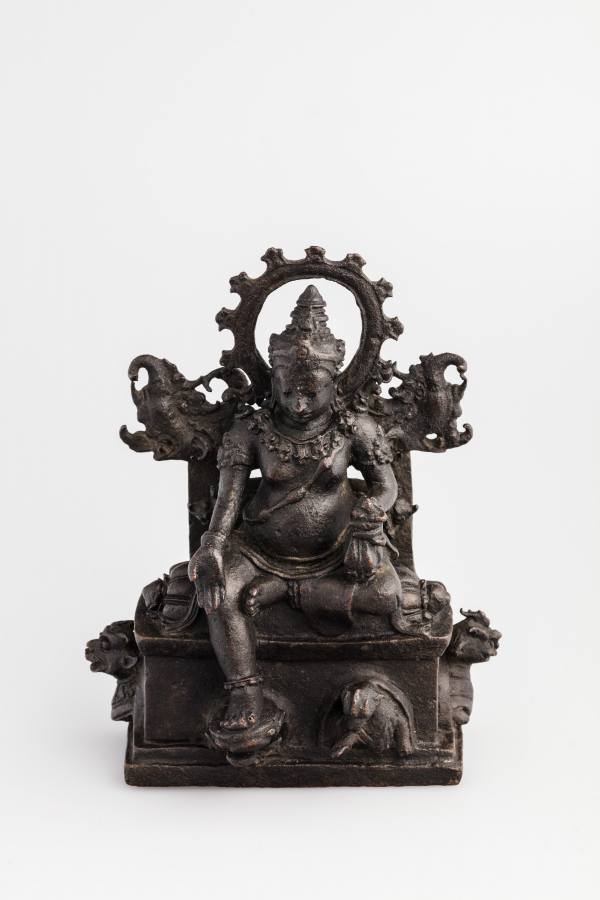
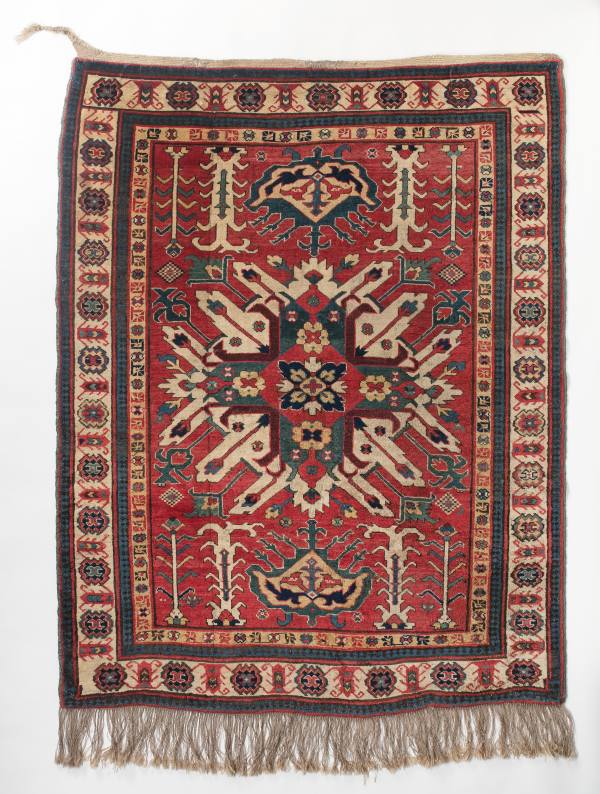
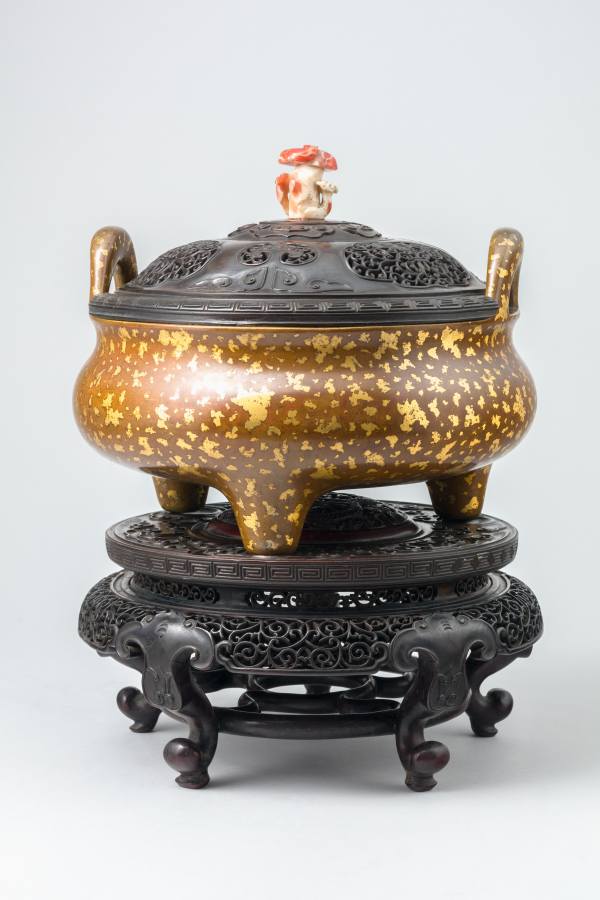

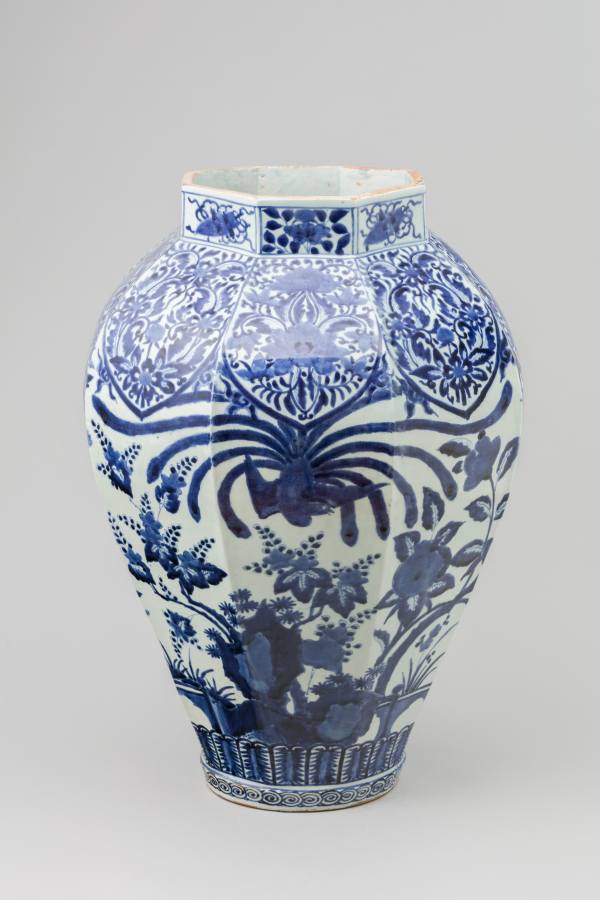
Contact
E-mail: asian.art@ngprague.cz
Tel: (+420) 771 276 271
Tel: (+420) 771 276 271







